Table of Contents
Introduction to Tiny Chili Peppers
Tiny chili peppers deliver intense heat and flavor in compact sizes, making them essential for any kitchen. Popular varieties include Poblano (mild, earthy), Jalapeño (medium, grassy), and Thai Bird's Eye (very hot, tangy), each with distinct heat levels and culinary applications. This guide covers how to select the right pepper for your recipes, safe handling techniques, and practical cooking tips to maximize their potential.
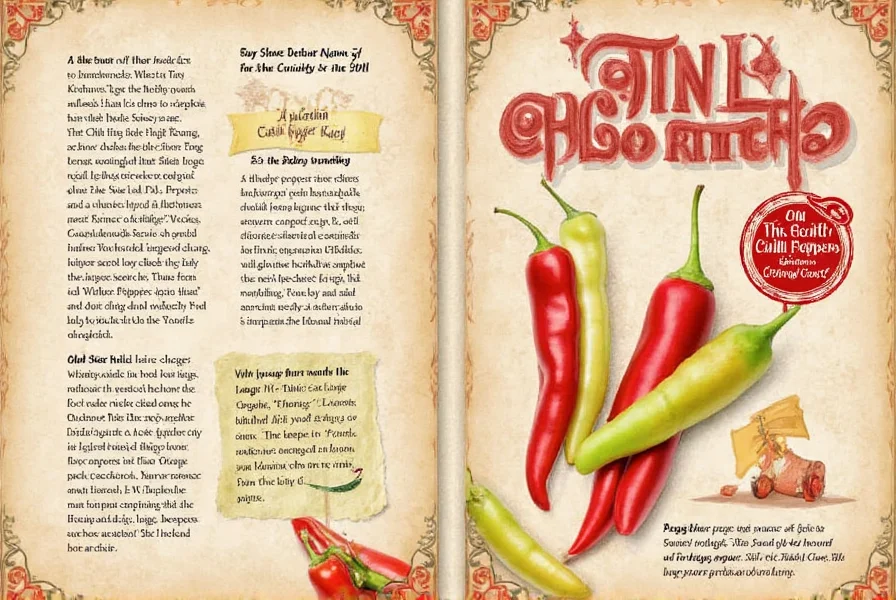
Types of Tiny Chili Peppers
| Pepper Name | Heat Level | Flavor Profile | Common Use |
|---|---|---|---|
| Mini Habanero | Very Hot | Smoky, fruity | Hot sauces, salsas |
| Poblano | Mild to Medium | Earthy, slightly sweet | Stuffed peppers, enchiladas |
| Jalapeño | Medium | Grassy, peppery | Guacamole, tacos |
| Cayenne | Hot | Sharp, pungent | Spice blends, seasoning |
| Thai Bird’s Eye | Very Hot | Fiery, tangy | Curries, stir-fries |
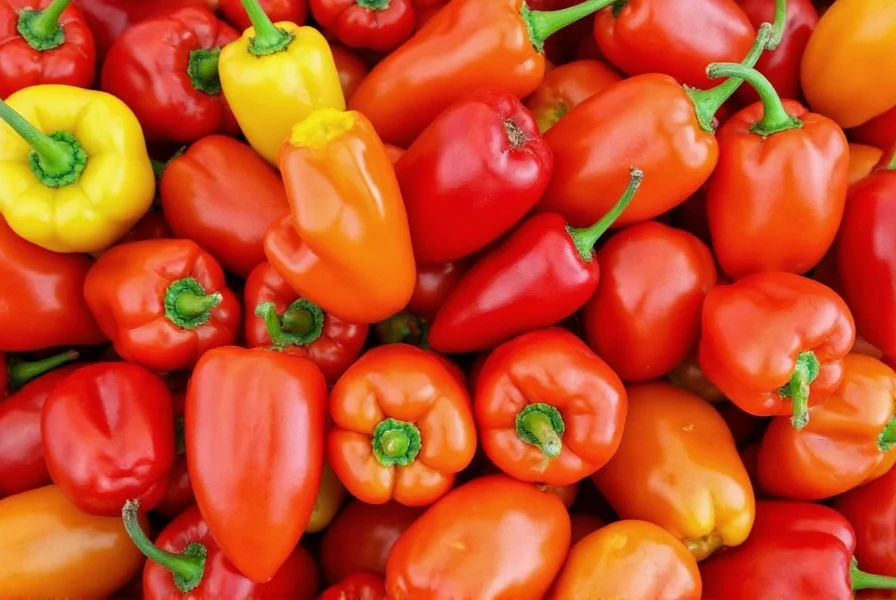
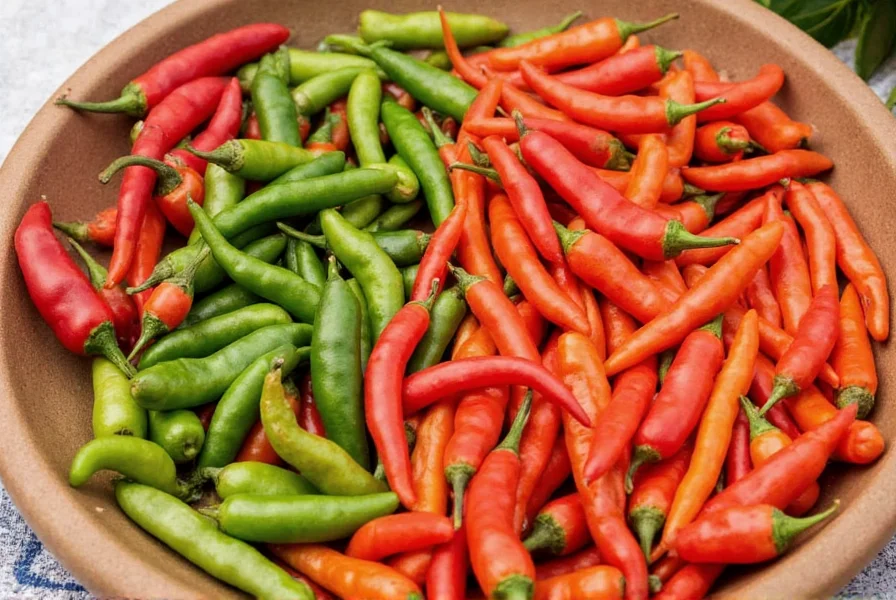
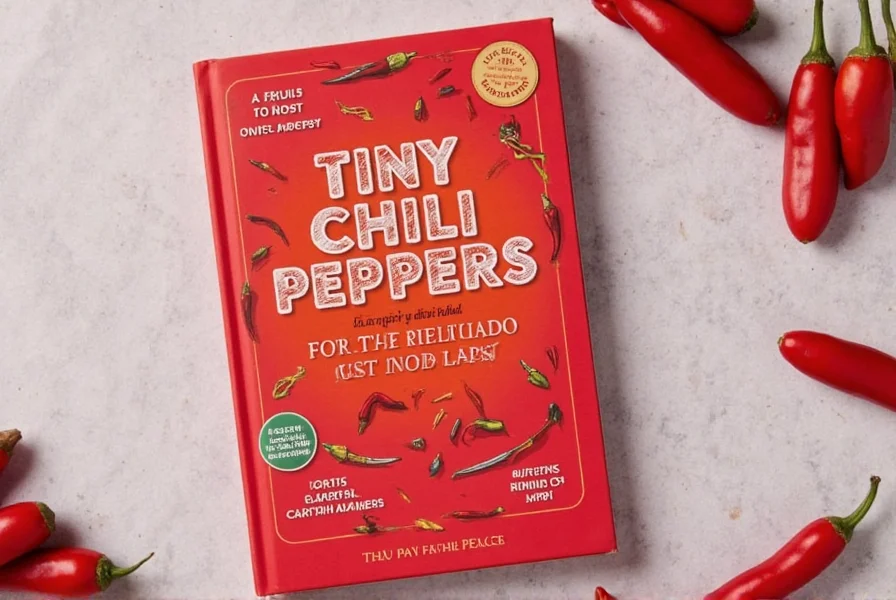
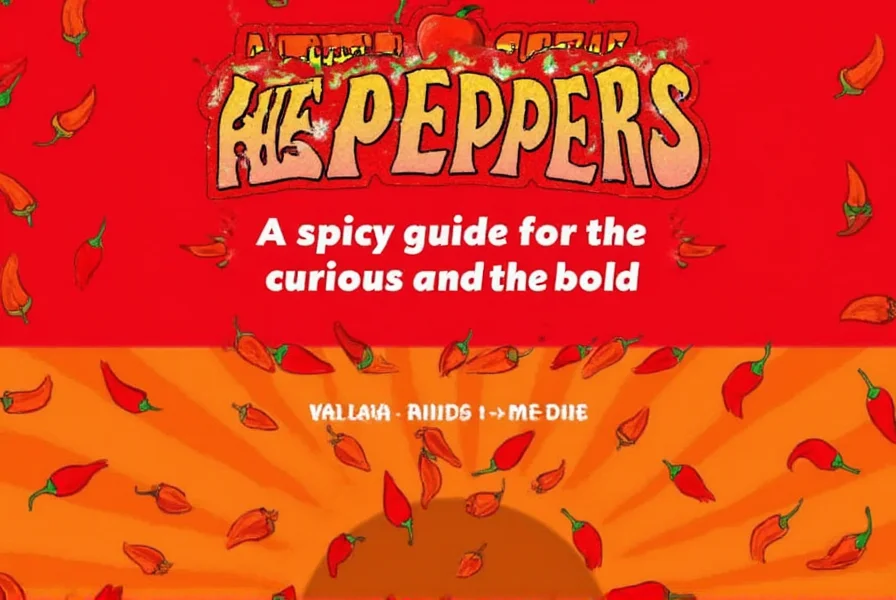
Practical Tips for Cooking with Tiny Chili Peppers
Follow these expert techniques to safely and effectively use tiny chili peppers:
- Start Small: Begin with minimal quantities (1-2 peppers) and adjust to taste, especially when new to spicy foods.
- Use Gloves: Always wear disposable gloves when handling peppers to prevent skin irritation from capsaicin.
- Remove Seeds: For reduced heat, scrape out seeds and white membranes before use.
- Pair with Dairy: Yogurt, sour cream, or cheese neutralizes heat while enhancing flavor complexity.
- Toast Whole Peppers: Dry-toast whole peppers before grinding to intensify flavor for spice blends.
Remember: The goal is balanced flavor enhancement, not overwhelming heat. Proper technique ensures these peppers elevate your dishes without dominating them.
Buying Guide: How to Choose the Right Tiny Chili Pepper
Mini Habanero
Features: Small orange-red peppers with intense heat (100,000-350,000 Scoville units).
Best For: Authentic Mexican hot sauces, Caribbean jerk seasoning, and bold salsas requiring smoky depth.
Pro Tip: Use sparingly - a single pepper can season an entire pot of chili.
Poblano
Features: Large, dark green to red peppers (1,000-2,000 Scoville units) with mild heat.
Best For: Stuffed peppers (chiles rellenos), roasted vegetable dishes, and mild sauces for beginners.
Pro Tip: Roast and peel for richer flavor in enchilada sauces.
Jalapeño
Features: Green or red peppers (2,500-8,000 Scoville units) with balanced heat.
Best For: Fresh salsas, taco toppings, and pickled snacks. Green for sharper heat, red for sweeter notes.
Pro Tip: Freeze whole jalapeños for easy grating into dishes later.
Cayenne
Features: Thin, bright red peppers (30,000-50,000 Scoville units) with sharp heat.
Best For: Dry rubs, spice blends, and hot sauces where pure heat is desired without strong flavor.
Pro Tip: Combine with smoked paprika for complex heat in barbecue rubs.
Thai Bird’s Eye
Features: Small, bright red peppers (50,000-100,000 Scoville units) with fiery tang.
Best For: Thai curries, Vietnamese pho, and Southeast Asian stir-fries requiring intense heat.
Pro Tip: Slice thinly and add at the end of cooking to preserve maximum heat.
Conclusion
Tiny chili peppers transform ordinary dishes into extraordinary culinary experiences. From the approachable Poblano to the fiery Thai Bird’s Eye, each variety offers unique heat profiles and applications. Mastering their selection and usage empowers home cooks to create restaurant-quality flavors with precision. Always prioritize safety, start conservatively, and experiment to discover your perfect heat balance.
Frequently Asked Questions
What are the mildest tiny chili peppers for beginners?
Poblano peppers (1,000-2,000 Scoville units) provide the gentlest heat among common tiny chili varieties, with earthy sweetness and versatility for stuffed peppers, soups, and mild sauces. Their manageable spice makes them ideal for first-time spicy food enthusiasts.
How can I handle tiny chili peppers safely without burning my skin?
Always wear disposable gloves during preparation. Avoid touching your face, especially eyes. If skin contact occurs, wash immediately with soap and cool water, then apply milk or yogurt to neutralize capsaicin. Never use hot water, as it spreads the irritant.
Do tiny chili peppers get hotter as they ripen?
Yes, most varieties increase in heat as they mature. Green jalapeños (milder) become red jalapeños (hotter), and green Thai Bird's Eye peppers develop maximum heat when fully red. The capsaicin concentration rises during ripening, so choose based on desired heat level.
What's the best way to preserve fresh tiny chili peppers?
For short-term storage (1-2 weeks), keep unwashed peppers in a paper bag in the refrigerator crisper drawer. For long-term preservation: freeze whole peppers in airtight bags, or dry them by hanging in a warm, dark place until brittle, then store in glass jars. Dried peppers retain heat for 6-12 months.
Can I substitute dried tiny chili peppers for fresh ones in recipes?
Yes. Use 1/2 teaspoon of crushed dried peppers for every 1 fresh tiny chili pepper. Rehydrate dried peppers in hot water for 20 minutes before using in sauces, or grind into flakes for dry rubs. Note that dried versions often have 20-30% higher heat concentration than fresh.










 浙公网安备
33010002000092号
浙公网安备
33010002000092号 浙B2-20120091-4
浙B2-20120091-4